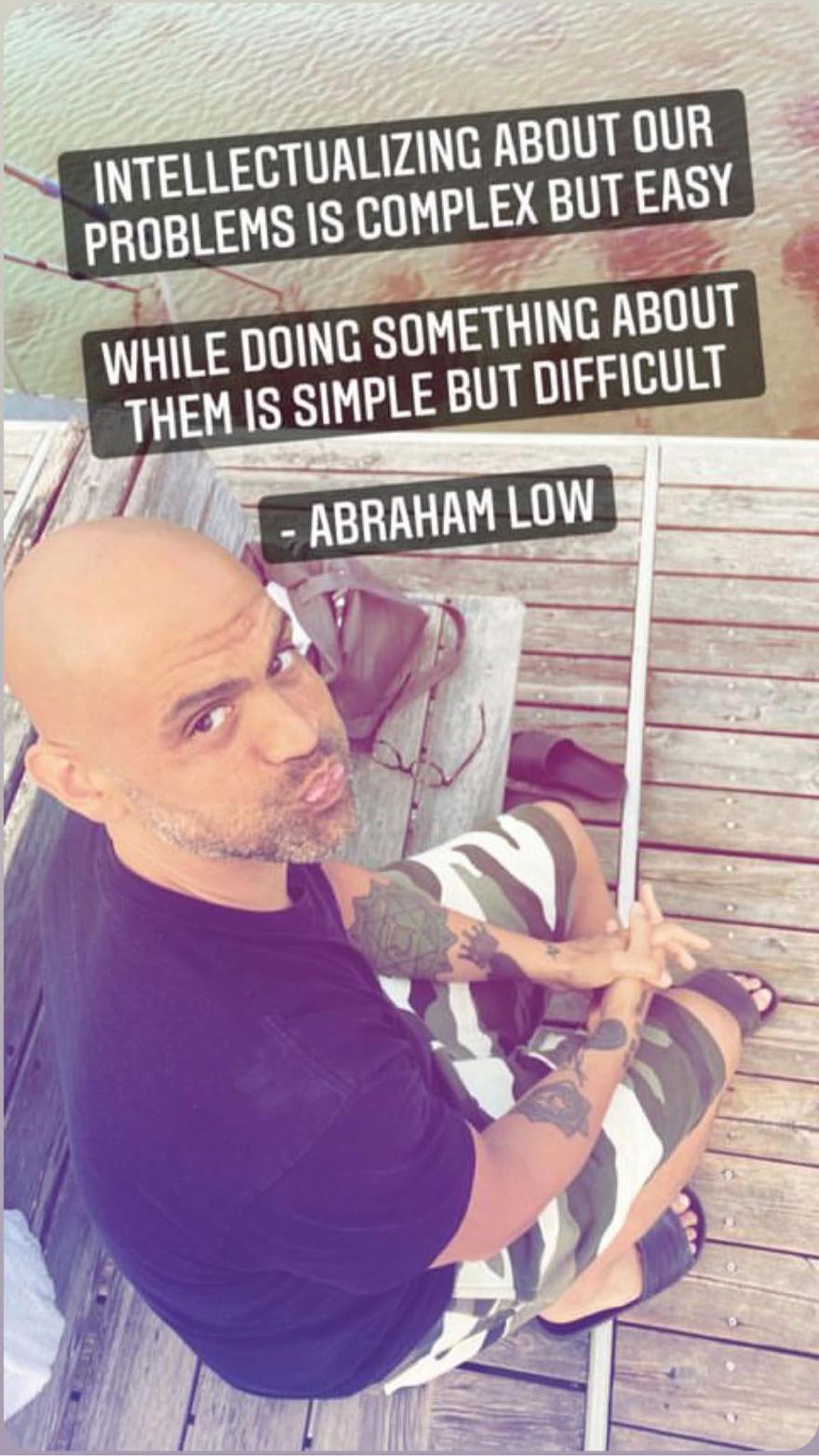The Hidden Cost of Stress and the Power of Stillness

When most people hear the word "stress," they think of emotional or psychological tension. But stress is far more encompassing. It includes how we sleep (or don’t), the environment we inhabit (off-gassing furniture, air pollution, noise), gut infections, nutrition, relationships, work demands, movement patterns, and even our breathing mechanics.
Stress is anything that taxes or exceeds the body’s adaptive capacity—whether environmental, internal, or perceived. What’s fascinating is how the body doesn't always distinguish between what’s real and what’s imagined. A gut infection or tight work deadline can be just as stressful as a looming bear.
Take my own body, for example. I broke my left ankle years ago. Because of this, I can’t perform a full squat without assistance. My body reads that mechanical restriction as a potential survival threat—even if I’m not actively in danger. That’s the kind of chronic, low-level stress that simmers in the background and slowly chips away at resilience.
Let’s pause here. Because stress isn’t inherently negative. Some stress is necessary for growth and transformation. But our modern lives often layer on far too much—without pause, without restoration. That’s when the system breaks down.
Here’s what happens physiologically:
A threat (real or perceived) triggers the sympathetic nervous system (fight/flight/freeze/facade).
The adrenal medullary system fires immediately—catecholamines like adrenaline and noradrenaline flood the body.
The HPA axis then kicks in with a longer-acting stress response, releasing cortisol and related hormones.
This cascade was built to protect us in short bursts. But when chronically activated—by poor sleep, emotional stress, inflammatory foods, toxic environments, or unresolved trauma—the system becomes dysregulated.
Our cells become less responsive to cortisol, much like insulin resistance in diabetes. When this happens, inflammation can't be properly shut down. Barriers in the gut, lungs, and brain become leaky. The immune system grows hyperactive, sometimes turning against our own tissues—autoimmunity.
We’re left in a constant state of internal conflict, inflammation, and fatigue.
Stress is seductive. It keeps us moving, gives us a jolt when we’re tired, and—even more insidiously—it offers the illusion of vitality. Some people unconsciously create conflict in relationships just to feel alive. Others get sick, injured, or addicted to drama or urgency just to spark a stress response and feel something.
Rest becomes terrifying. Because resting reveals just how exhausted we are—and that means facing emotions, fears, and truths we’ve long avoided.
And so, the cycle continues.
But there is another way.
Stillness.
Stillness is not the absence of movement. It’s the presence of awareness. It’s observing the body, the breath, the words we choose, and the environments we navigate. It’s being in touch with ourselves. It’s a nervous system rebalancer, an inflammation reducer, a truth revealer.
Stillness is what stress management really means. Not another biohack, supplement, or productivity tip—but a moment-to-moment return to presence.
You cannot supplement your way out of a stress-dysregulated system. You cannot hustle your way to healing.
What you can do:
Breathe slowly, intentionally.
Anchor your circadian rhythm with natural light.
Reflect honestly on the environments (internal and external) that may be harming you.
Reorient toward nourishing choices—from food to relationships.
Learn to rest without guilt.
We’ve talked about how inflammation, glycemic regulation, sleep, and perception are all interlinked. This system of systems is a feedback loop. And perception—how we interpret reality—sits at the core of it.
Perception shapes behavior. Behavior shapes biology. And biology influences perception again.
A mismatch between our ancient physiology and modern lifestyle is the root of many chronic challenges. So the question becomes: how do we live withour design, not against it?
We begin with stillness.
This isn’t about sitting cross-legged for an hour a day (though that might help). It’s about slowing down enough to listen—to your breath, your hunger, your triggers, your stories, your intuition.
It’s why I speak slowly. Not just to be understood, but to model presence. It’s my meditation, my rebellion against the culture of speed. It’s how I regulate myself in the chaos.
My invitation to you is simple: pause.
Pause before you say yes. Pause before you react. Pause before you override what your body whispers.
Stillness, breath, presence—these are not luxuries. They are your birthright. They are medicine.
And they are how we begin to heal.


0 comments
Leave a comment
Please log in or register to post a comment